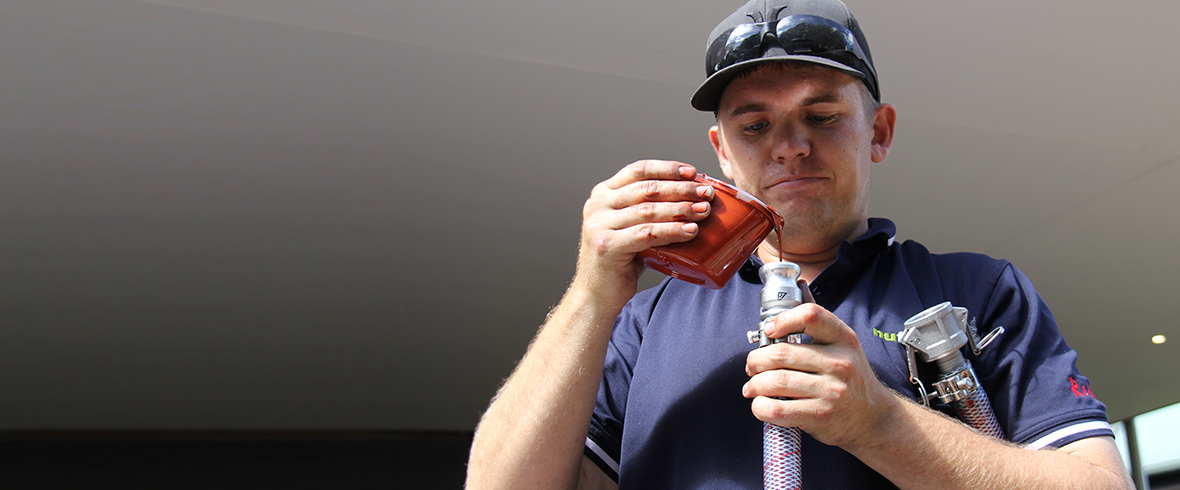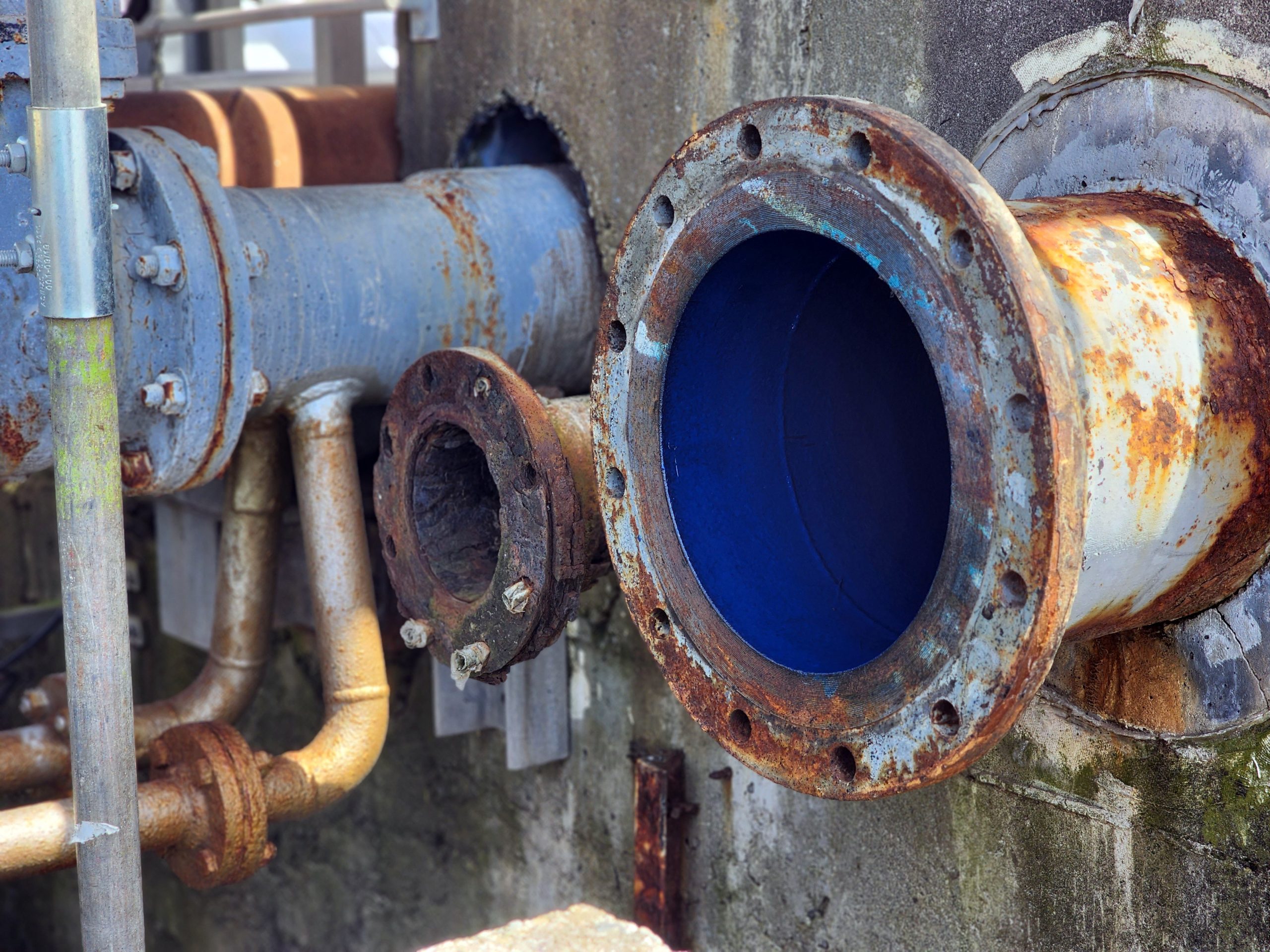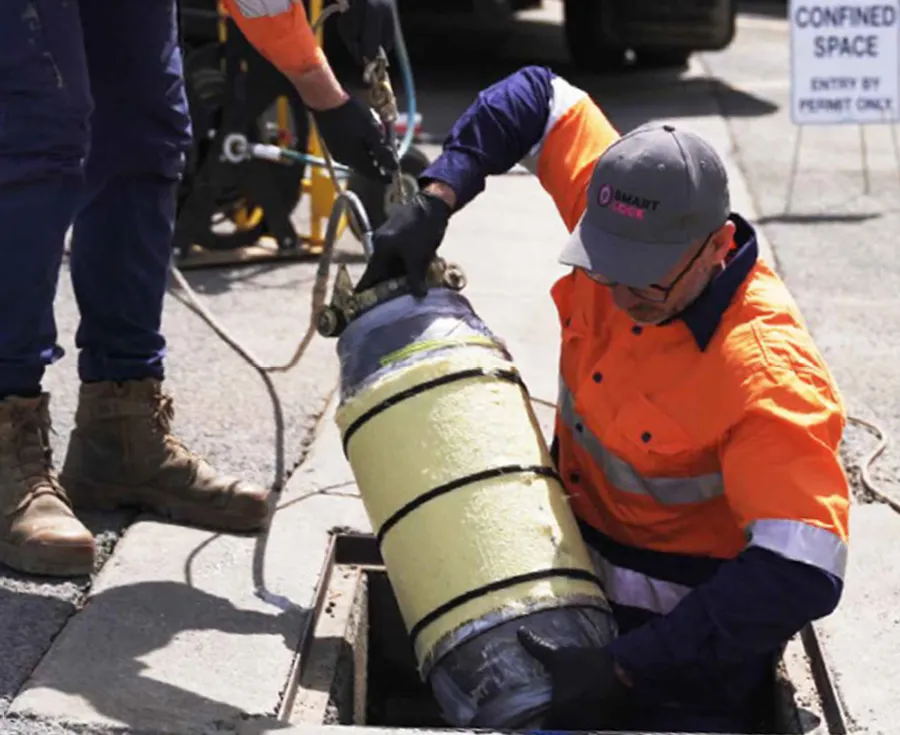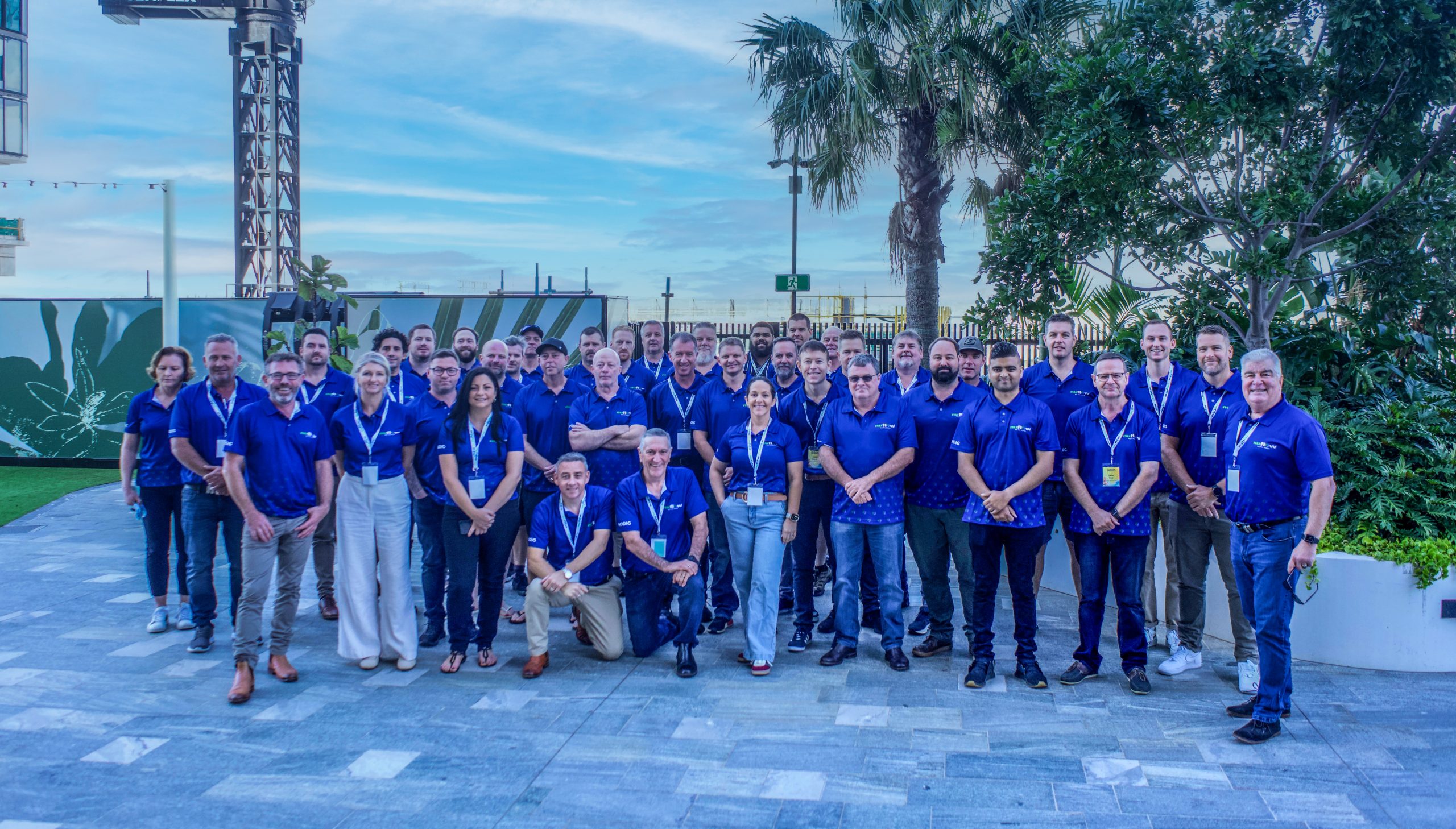Pipe relining is a trenchless pipe repair solution for extending the life of your pipes. It’s known to restore severely damaged pipes and save building owners from costly and disruptive pipe replacement. However, if the pipe reliner and pipe are not prepared properly, the solution may fail, significantly reducing its expected lifespan and function. At Nuflow, we understand how and why epoxy pipe relining fails, and we make sure we get it right.
Enquire about our pipe relining services
Common problems with epoxy pipe relining
CIPP stands for Cure-in-Place Pipe. During this pipe restoration technique, a PIPP (Pull-in-Place Pipe liner) is pulled through the pipe, inflated and left to cure inside the pipe. This is an effective method of correcting common pipe problems, including cracked, displaced and broken pipes. It only works well if the pipe and liner are properly prepared prior to the insertion. If the process is not done correctly, it can lead to significant plumbing problems in the future.
The most common reasons for epoxy relining failure are:
- inadequate pipe assessment prior to installing the liner
- inadequate preparation of the damaged pipe
- poor installation technique
- poorly prepared or inadequate pipe relining materials.
Hazards of inadequate installation and pipe lining adhesion
Pipe lining adhesion refers to the process where the epoxy in the pipe liner adheres to the existing pipe. If the epoxy solution is mixed incorrectly or the liner isn’t thoroughly saturated, the pipe liner can fail to adhere to the existing pipe. This can lead to the pipe liner slipping out of place or wrinkles, bulges and tears appearing in the liner which can significantly reduce the lifespan of the liner and contribute to further deterioration of the existing pipe.
Nuflow’s Blueline® CIPP relining process
If your pipes are good candidates for relining, determined via CCTV pipe inspection, our technicians clean and prepare the pipe for installation.
Next, we prepare the liner. We start by laying the liner across a mat. Next, we open one end of the pipe liner and pour 100 percent epoxy into the liner. We then use heavy rollers to evenly spread the epoxy. This turns the white felt blue, letting us know that the epoxy has thoroughly saturated the CIPP liner.
Once the liner has been thoroughly saturated with epoxy, we score the ends of the liner. This helps ensure proper pipe lining adhesion to the existing pipe.
Next, we prepare the liner for insertion. This is pulled through your existing pipe. Once the pipe liner is in place, we inflate the liner through the bladder and press it against the sides of your existing plumbing pipe. It’s left to cure, then the bladder is then deflated and removed.
A standard pipe liner can take anywhere from 2-8 hours to fully cure and once its cured it is just as strong as a new plumbing pipe.
For hot and cold potable water, grey water systems, compressed air systems, HVAC systems, Fire suppression systems, chemical piping, water mains (pressurised pipes), we use our Redline® solution . This is a coating solution only and non structural. We also employ our Greenline product to repair potable water pipes.
Nuflow pipe relining materials and technique
Nuflow has been providing pipe lining systems internationally since 1998 and offers solutions for repairing both pressurised and drainage piping systems which makes us unique in the industry.
Our original ‘sleeve within a sleeve’ patented method has been expanded, making it stronger than ever and a second patent added to enable the method and materials to address pipe bends and other difficult areas with a safe, clean and durable epoxy lining.
Our technicians undertake extensive, ongoing training in our methods and materials.
Nuflow pipe relining safety standards
Nuflow’s patented pipe relining materials are manufactured in our own facilities within Australia to International ISO 9001:2015 quality assurance standards. Select products also also pass the requirements of the AS/NZ 4020:2005 standard which governs materials and equipment used to handle drinking water. That means water passing through newly-lined pipes meets safe drinking water standards.
Our Redline® epoxy lining has an estimated life expectancy of 100 years and is certified as safe:
- AS/NZ 4020:2005 approval for potable pipes certified safe for drinking water.
- BS6920-1:2014 approved. Suitable for use in contact with water intended for human consumption.
- Water Regulations Advisory Scheme Ltd (WRAS) material approved.
- Watermark WMTS-511:2014 approved.
Our 50-year warranty
Nuflow offers a 50-year written warranty on our Blueline® pipe relining product.
Our Blueline® cured-in-place pipe lining (CIPP) product successfully passes independent testing against ASTM International Standards. We use the highest quality of manufactured materials to support and guarantee our written warranty.
In the years since Nuflow has been carrying out pipe relining in Australasia, very few warrantee repairs have been carried out – a testament to the product and method’s excellence.
For your peace of mind, book a pipe inspection and talk to a trained Nuflow technician about pipe relining. Visit our booking page or call us on 1800 683 569 within Australia or 0800 168 356 in New Zealand.




